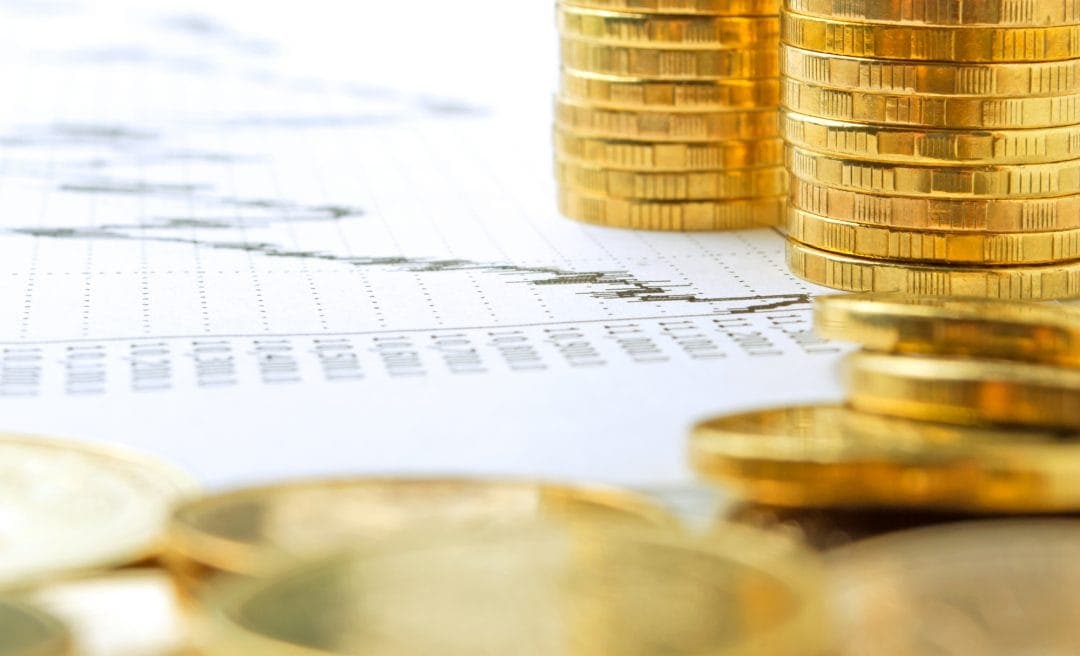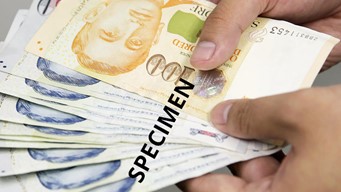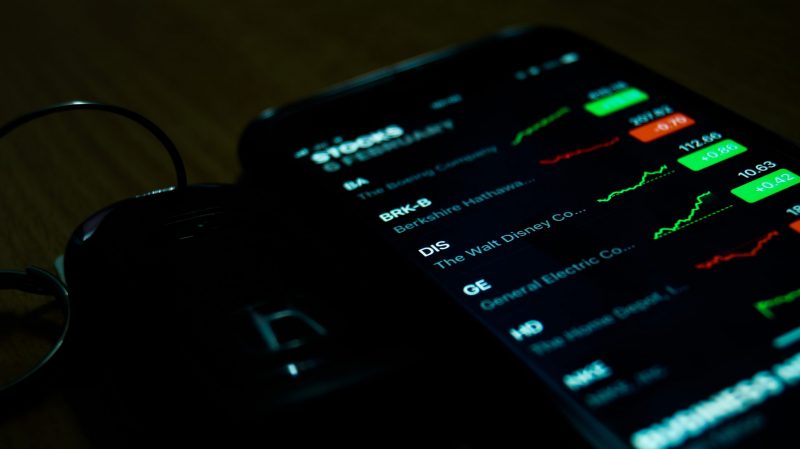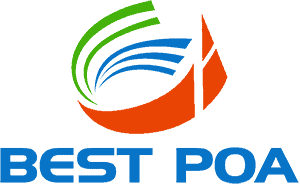
What Is an Asset?
In accounting, a company’s assets are resources that fulfil the following:
- Have economic value that can be measured and expressed in dollar value.
- Owned by the company.
- Will provide a future benefit to the company.
Assets are reported on a company’s balance sheet and can be presented as part of the accounting equation:
Assets = Liabilities + Owner’s Equity
Examples of assets include:
- Cash and Cash equivalent
- Accounts Receivables
- Inventory
- Investment
- Office Fixtures and Furniture
- Patents, Trademarks, Goodwill
How Assets Can be Classified
When it comes to businesses, assets are typically classified in three ways based on:
1. Liquidity: Classifying assets into either current assets (short-term) and fixed assets based on how easy the assets can be converted into cash.
2. Physical Existence: Classifying assets into either tangible or intangible assets.
3. Operational Requirement: Classifying assets based on whether they are required in the daily operations of a business.
Classifying assets is important to a business. For example, by understanding the liquidity of the tangible assets helps business owners and investors assess the businesses’ solvency risk.
Current Assets and Non-Current Assets in the Balance Sheet
In accounting, assets can be presented on the balance sheet based on 2 broad categories; Current and Non-Current Assets.
To help you understand the differences between current and non-current assets, we’ve created our own infographics to condense the information for you to share and refer.

Current Assets
Current assets are also termed as short-term assets as they can be converted into cash within a year. These assets are intended for consumption or sale and are important to fund the day-to-day business operations of a company. Current assets do not depreciate due to their short-term life.
Some common examples include cash, cash equivalents, marketable securities, inventory and account receivables.
Cash and Cash Equivalents
This refers to the company’s assets that are cash or can be converted into cash immediately. Cash equivalents include bank accounts and marketable securities, which are debt securities with maturities of less than 90 days.
The amount of cash or cash equivalents on hand is reflective of the company’ financial health. Reflecting a healthy amount of cash assets on the balance sheet indicate that the company has no issues paying off its short-term debt obligations.

While holding cash is a good health indicator of a company’s financial system, it is still best to maintain enough cash for short term expenses and invest the rest in opportunities that offer higher returns, rather than investing solely on cash equivalents.
Marketable Securities
Marketable securities are liquid financial instruments that can be quickly converted into cash at a reasonable price. The liquidity of marketable securities comes from the fact that the maturities tend to be less than one year, and that the rates at which they can be bought or sold have little effect on prices.
Account Receivables
Accounts receivable (AR) is the balance of money due to a firm for goods or services delivered or used but not yet paid for by customers. AR is any amount of money owed by customers for purchases made on credit.
Inventory
Inventory is the term for the goods available for sale and raw materials used to produce goods available for sale. Inventory is one of the most important assets of a business as the turnover of inventory will generate revenue for the company.
Non-current Assets
Non-current assets are also termed “long term assets” are those that are planned to be used for a longer duration of time by the company. They cannot be easily liquidated within a year and are intended to provide for long-term financial gains for the company. Some non-current assets that can be found on the balance sheet are:
Property, Plant and Equipment (PP&E)
Property, Plant and Equipment (PP&E) on the balance sheet, refer to tangible assets and have a duration of useful life assigned to them – the number of years the assets will have economic value to the company. PP&E assets will undergo depreciation, expensing them over the period of useful life.
Examples of PP&E include vehicles, buildings, and office furniture.
Investment Assets
Investment assets are either tangible or intangible items obtained with the intent to produce additional income and/ or held in anticipation of a future increase in value. Investment assets may also fall under current assets if the investments are meant for short-term (provided that it can be liquidated within a year).
Examples of investment assets include mutual funds, stocks, bonds and real estates.

For those unfamiliar with the stock market, equities (also known as shareholder’s equity or stocks), is a degree of ownership towards the assets belonging to a certain company.
When you buy shares of a particular firm, you are literally buying part of the business. This means if there is an increase in the firm’s share price, your investment becomes more valuable.
Financial gain from investment assets can also come in the form of income. Depending on the type of equity invested, it can come in the form of dividends or interest income.
For example, investing in the equity shares of a company will earn you dividends if the company announced a profit, whereas investing in the bonds will earn the business a regular fixed interest income.
Application of POA Knowledge that you’ve learnt in school.
Learning about assets from a young age can turn out to be incredibly helpful once you get older.
Whether you want to be a future accountant, financial investor, or just want to learn to make smart choices with your assets, these fundamentals will guide you through that.
Having an experienced tutor that is familiar with the ins and outs of accounting can easily relate POA with real-life experiences, making it easier to understand and more enjoyable to learn.
Learn More About Assets in Accounting With Best POA Today
Best POA provides one of Singapore’s top POA tuition services with syllabuses that are designed to help your children excel in accounting, and learn more about topics like assets in a more in-depth manner.
With over 30 years of POA tuition experiences, close to 90% of regular students have scored A1 or A2 in their GCE ‘N’ and ‘O’ Level Examinations since 1990.
Choosing the right tuition centre is not an easy feat. To help you make a more informed decision, we have introduced the Free Trial POA Tuition Programme conducted by Mr Ling himself, the dedicated tutor behind Best POA’s success.
This 2-hour session will give potential students an introduction to the Principle of Accounts with one of Singapore’s top POA tutors.
For more inquiries and questions, feel free to contact us.

